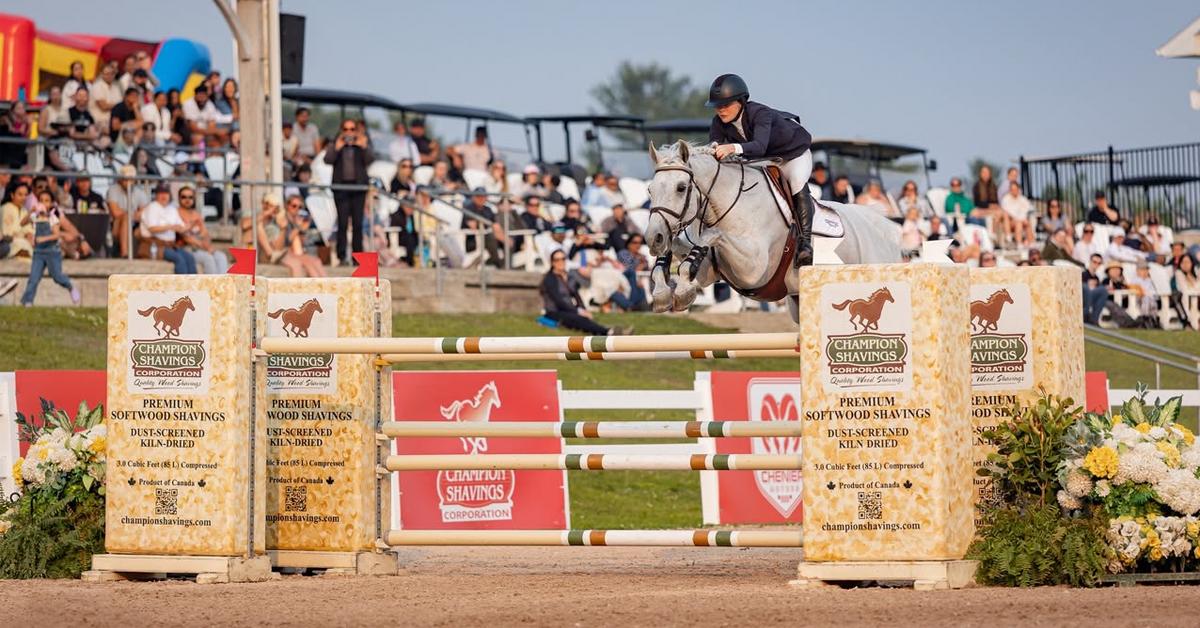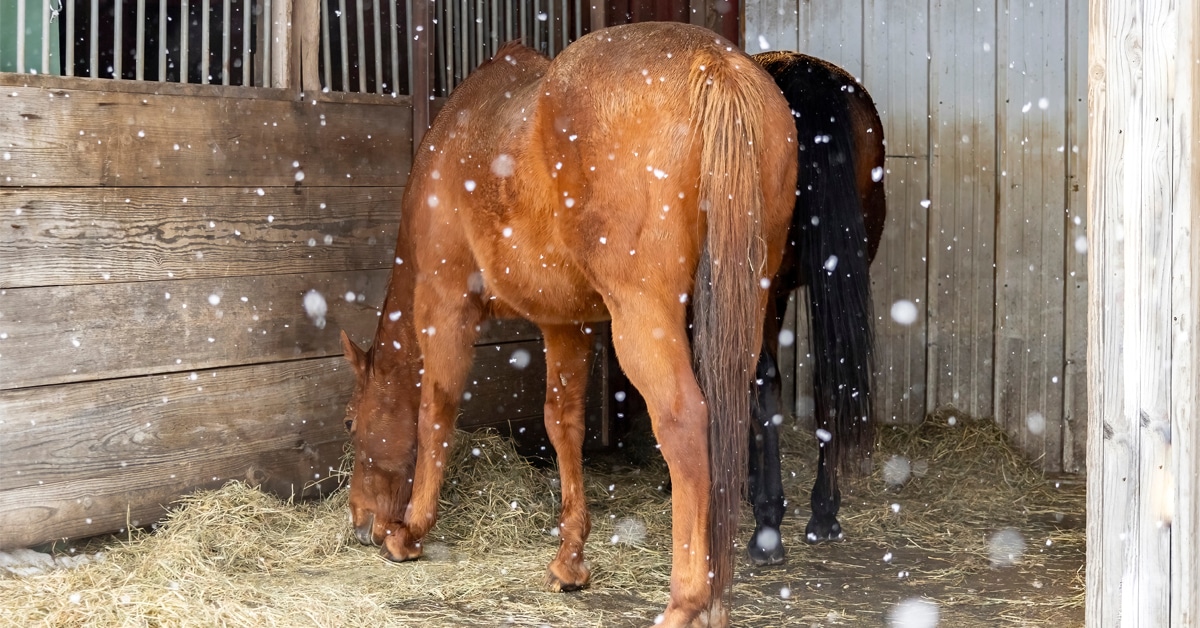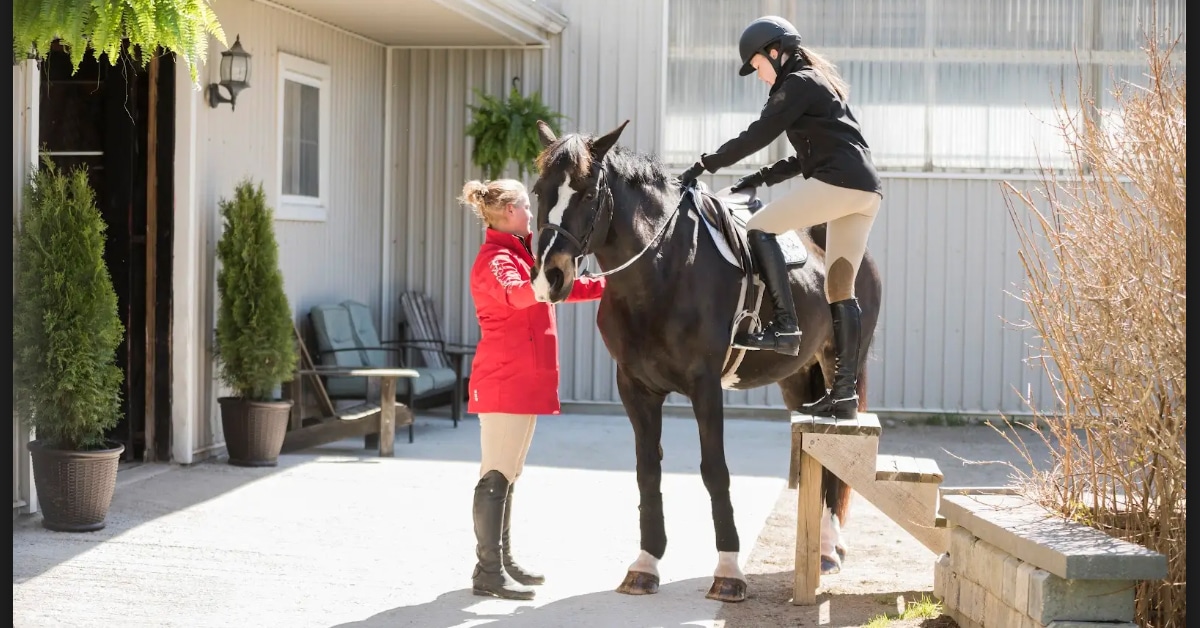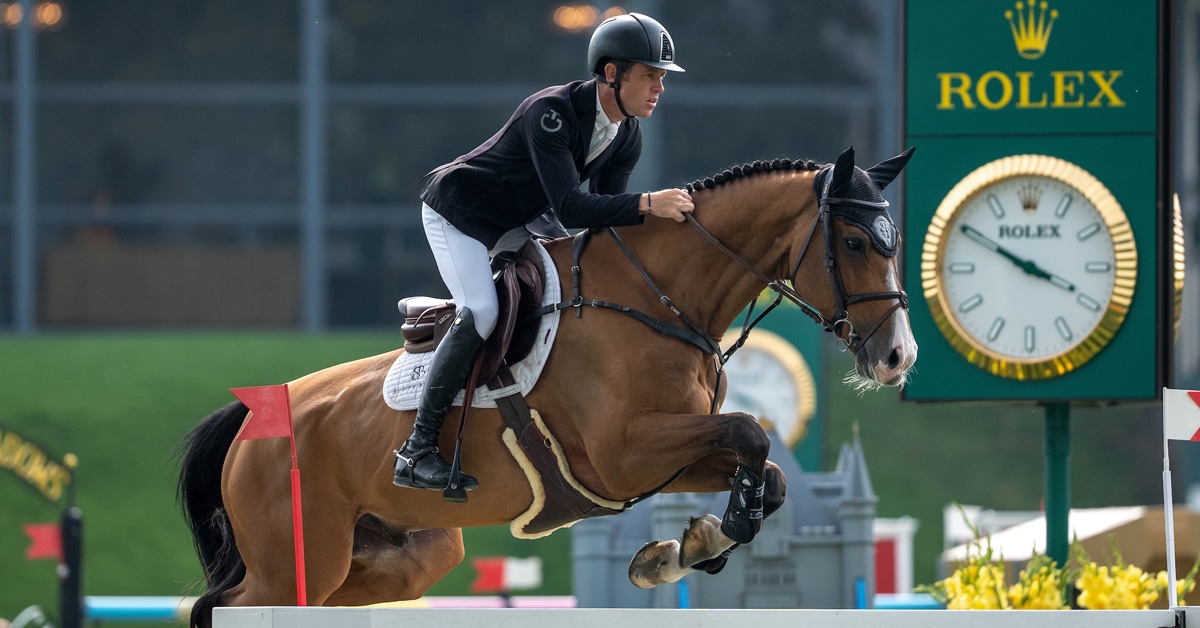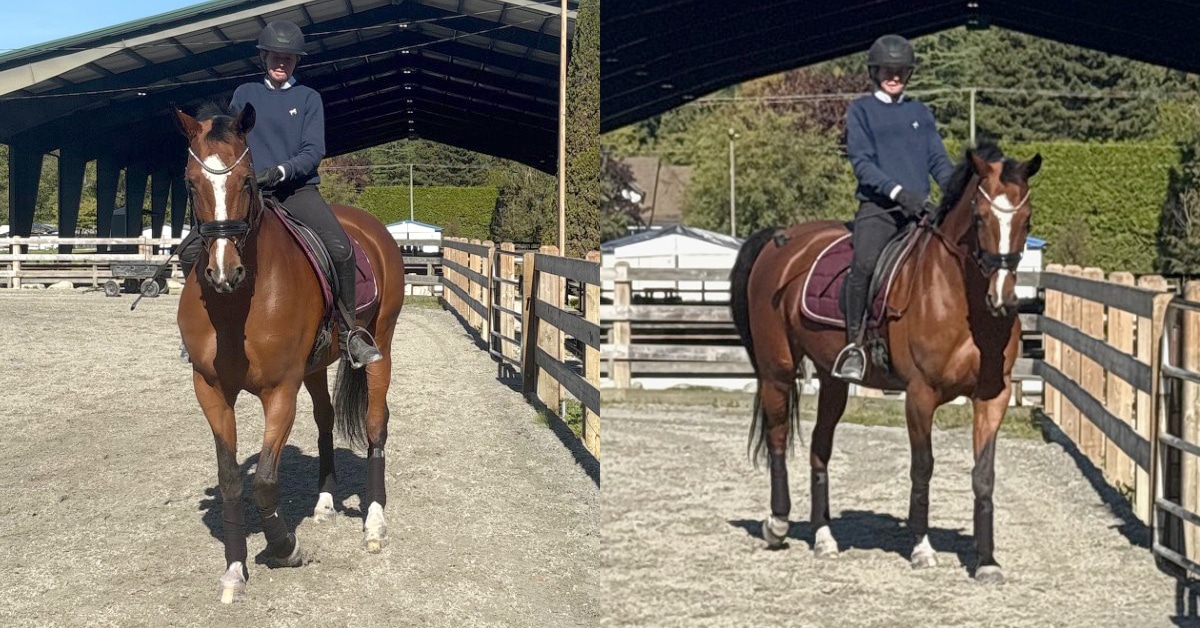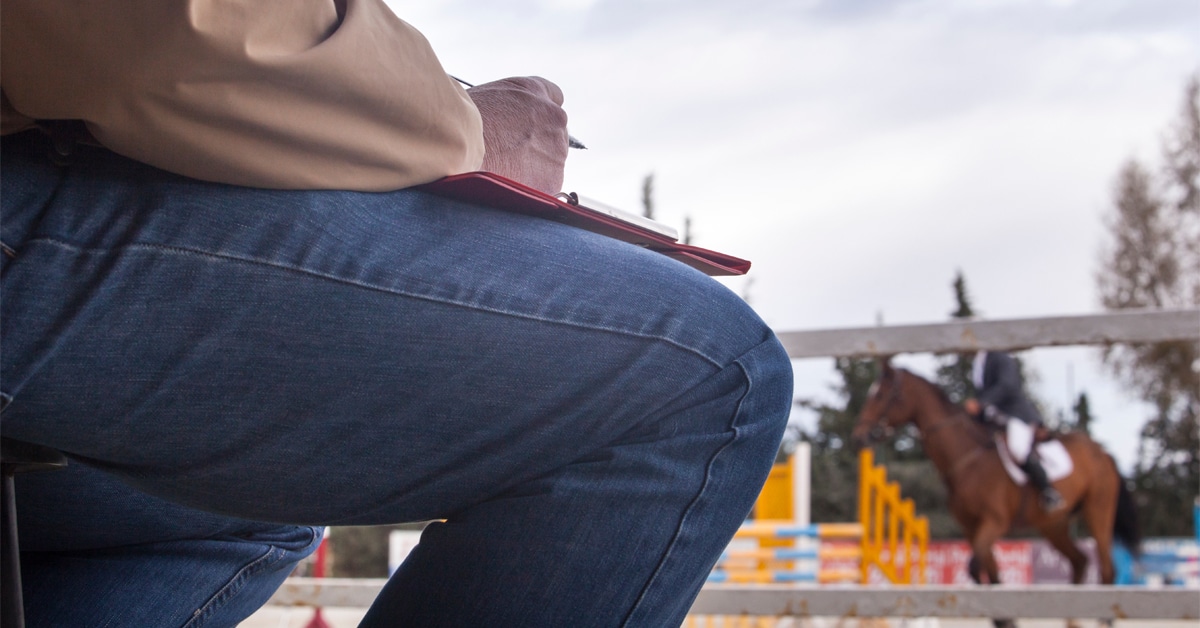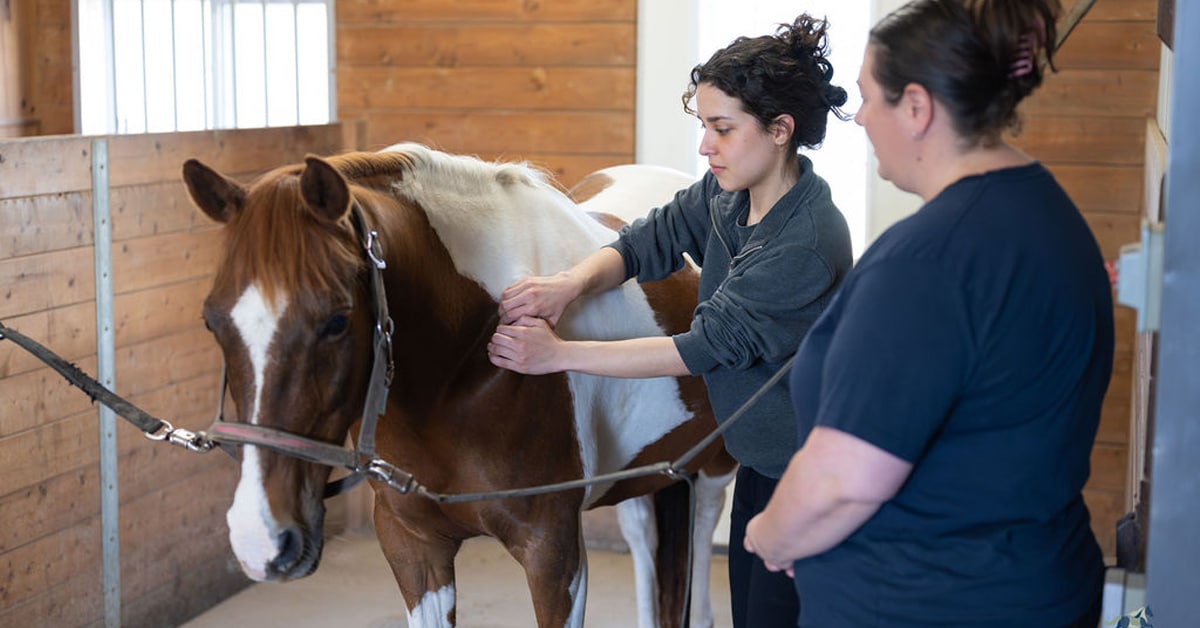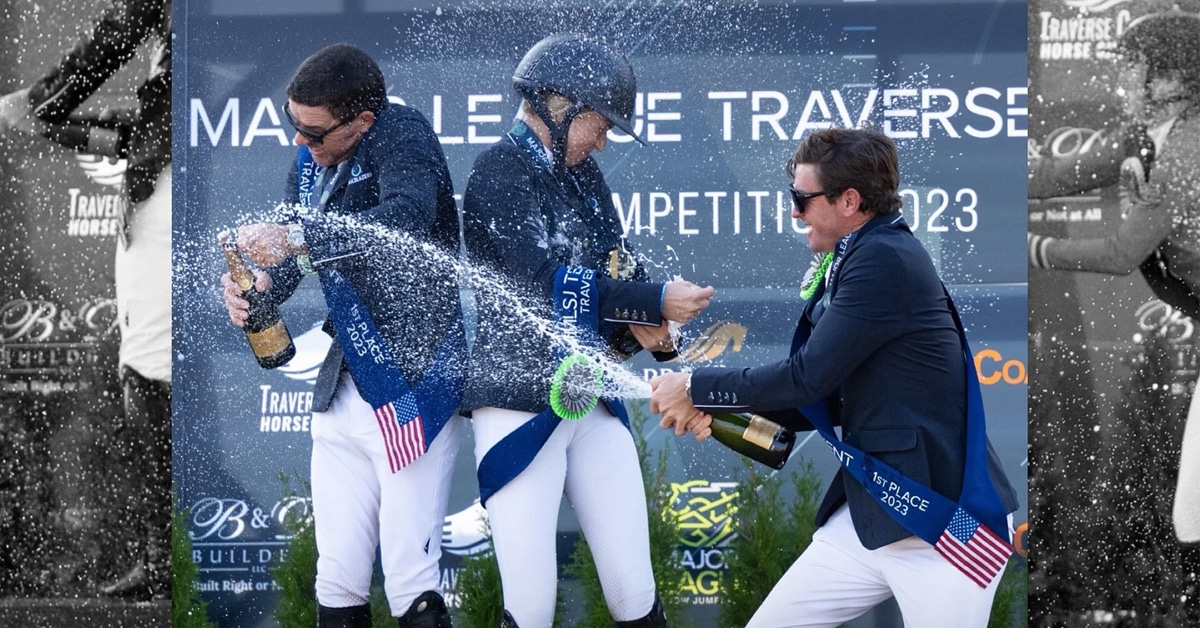When Major League Show Jumping (MLSJ) launched in 2021, it entered a crowded equestrian calendar with an audacious idea: fewer events, bigger stages, and higher stakes. The concept was radical in a sport that has long prided itself on tradition and continuity, yet often struggled to connect with broader audiences.
Four years later, that gamble looks visionary. Instead of chasing numbers ‒ 15 or 20 shows scattered across the continent ‒ MLSJ has carved out its niche by focusing on a select lineup of nine events at eight venues. What the league lacks in quantity, it more than makes up for in quality.
“We’re trying to put on some of the biggest shows in the world,” explained Keean White, the co-founder of MLSJ. “That means huge prize money, top athletes, and sold-out stands. We’d rather have fewer, spectacular events than a long string of watered-down ones.”
Quality Over Quantity
The strategy has been clear from the start: focus on impact, not volume. In a sport where riders can compete nearly every week of the year if they choose, MLSJ has deliberately kept its footprint lean. But each stop on the calendar is designed to feel like an unmissable occasion, both for riders and spectators.
That commitment is visible in the numbers. In its inaugural season, MLSJ offered $6 million across 10 events. This year, the purse has doubled to $12 million spread over just nine shows. The decision wasn’t about cutting costs, it was about amplifying prestige.
“Our mandate from the team owners was to put more money into each event and make them spectacular,” said White. “If you want the best riders and the best horses, you have to offer not just the prize money, but also the stage that makes competing here worthwhile.”
And the caliber of riders has grown accordingly. In year one, just 12 MLSJ athletes ranked in the world’s top 250. This year, more than 75% of its 48 contracted riders hold that distinction — including five of the current top 10 and nearly 30 of the top 100. That kind of depth means fans are guaranteed to see world-class competition every time they attend.
Designing Around the Global Calendar
One of the most striking aspects of MLSJ’s model is its respect for the global calendar. Top riders like Kent Farrington, McLain Ward, Richard Vogel, and Conor Swail already face packed seasons filled with iconic fixtures. Asking them to commit to 20 additional weeks simply isn’t realistic.
“Are we trying to run a league of top-level sport with the best athletes in the world, or just as many events as possible with lower-ranked fields?” White asked rhetorically. The answer is obvious.
By carefully choosing its dates and locations, MLSJ has positioned itself as a complement rather than a competitor to the world’s great shows. The move of its Mexican stop from November to April is a prime example. In November, horses faced a gruelling USDA-mandated quarantine returning to the U.S., leaving them sidelined before important finals. Now, held in late April, the event serves as a natural gateway to Europe’s summer circuit, eliminating the stress on horses and staff.
Such adjustments might seem technical, but they reflect MLSJ’s philosophy: the sport comes first.
A League, Not Just a Circuit
This attention to detail goes hand in hand with MLSJ’s broader ambition of creating not just a series of shows, but a true sports league.
In traditional equestrian competition, most shows stand alone. Fans attend, they enjoy the day, and the event ends with a winner. But there’s rarely a broader storyline tying one week to the next. MLSJ is determined to change that.
“Why do sports leagues work? Because you have a season, you have a finale, you have a champion,” White explained. “You have an MVP, a leading rider, a team that people can follow. That’s what creates loyalty and excitement. It’s what makes people tune in, week after week.”
By introducing league champions, team titles, and season-long narratives, MLSJ is giving equestrian fans what football, basketball, and Formula One fans take for granted: a story that builds over time, culminating in a moment of triumph.
Building Teams and Trade Windows
Part of that league identity comes from its innovative team structure. Each MLSJ team has six riders, and is owned and managed much like professional sports franchises. And, like other leagues, MLSJ has instituted a mid-season trade window.
Every year at the halfway point, team owners can sign, release, or trade athletes to adjust their rosters. Injuries, new horse acquisitions, or shifting commitments all make flexibility essential. The trade window also coincides with the time when European riders become more available, once their summer obligations at home lighten.
The result? A stronger, deeper second half of the season, often featuring a surge of top-ranked riders crossing the Atlantic to join the action.
Venues With Personality
Beyond the riders, MLSJ has reimagined what a horse show can feel like. Each venue is chosen not just for its facilities, but for its ability to create a unique atmosphere.
Toronto is high-energy, with electric night classes under the lights at Angelstone that routinely sell out. Greenwich, staged at the Polo Club, channels a Wimbledon-like elegance, complete with luxury hospitality, a Sports Illustrated fan experience, and even a vintage cars showcase. Silo Ridge in New York blends daytime competition with evening concerts, giving the event a festival vibe.
And then there’s Kentucky. Just recently added to the schedule this year, it brings MLSJ into the heart of American horse country during the iconic Three-Day Event week, when as many as 90,000 spectators flock to Lexington. It’s a chance to showcase show jumping to an audience already primed for equestrian sport at its highest level.
“We don’t want nine events that all feel the same,” says MLSJ. “We want each one to have its own personality, its own magic.”
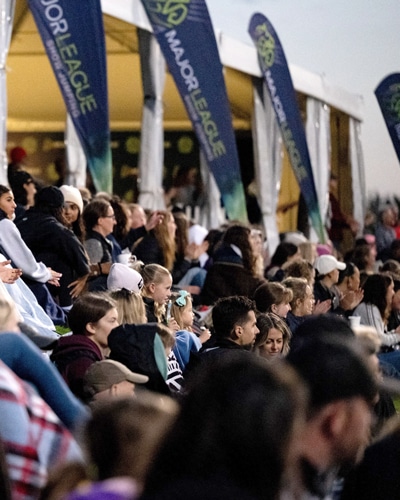
The fam experience is unparalleled at MLSJ events. (MLSJ photo)
Fan Experience Comes First
For MLSJ, fans are not an afterthought, they’re central to the model. That’s why the league has partnered with Fan Capital, a company known for its work with SailGP and Williams Formula One. The partnership focuses on digital activations, fan engagement, and sponsor integration.
“Look at Formula One or SailGP,” the league notes. “Yes, there’s a race. But there’s also so much more happening around it, concerts, hospitality, digital experiences. That’s what makes people feel involved in the sport.”
Fan Capital’s expertise will help MLSJ create similar activations, from interactive apps to on-site experiences. And it doesn’t stop with fans: the partnership is designed to attract new sponsors outside the traditional equestrian sphere, broadening the sport’s commercial base.
Free Access for All
Another major shift has come in broadcasting. MLSJ has partnered with ClipMyHorse.TV, the world’s leading equestrian streaming service, to make all Major League events available live for free.
It’s a first for the platform, which normally requires a subscription. Archived content remains behind a paywall, but every Grand Prix, every team event, and every jump-off can now be watched live by anyone, anywhere.
The significance isn’t lost on organizers. “Accessibility matters,” White says. “If we want to grow the sport, people need to be able to watch it without barriers.”
Looking Ahead
With its formula of elite riders, innovative scheduling, unique venues, and fan-first philosophy, MLSJ is carving out a new identity for equestrian sport. The next few years will see further expansion, with Florida already confirmed for 2027 and other venues under discussion.
But for all the growth, the guiding principle remains the same: focus on fewer, better, bigger events.
“We want these to be special,” emphasized White. “Packed stadiums. The best riders. The best horses. And an experience that fans ‒ whether they’re lifelong equestrians or brand new to the sport ‒ will never forget.”
The Latest
